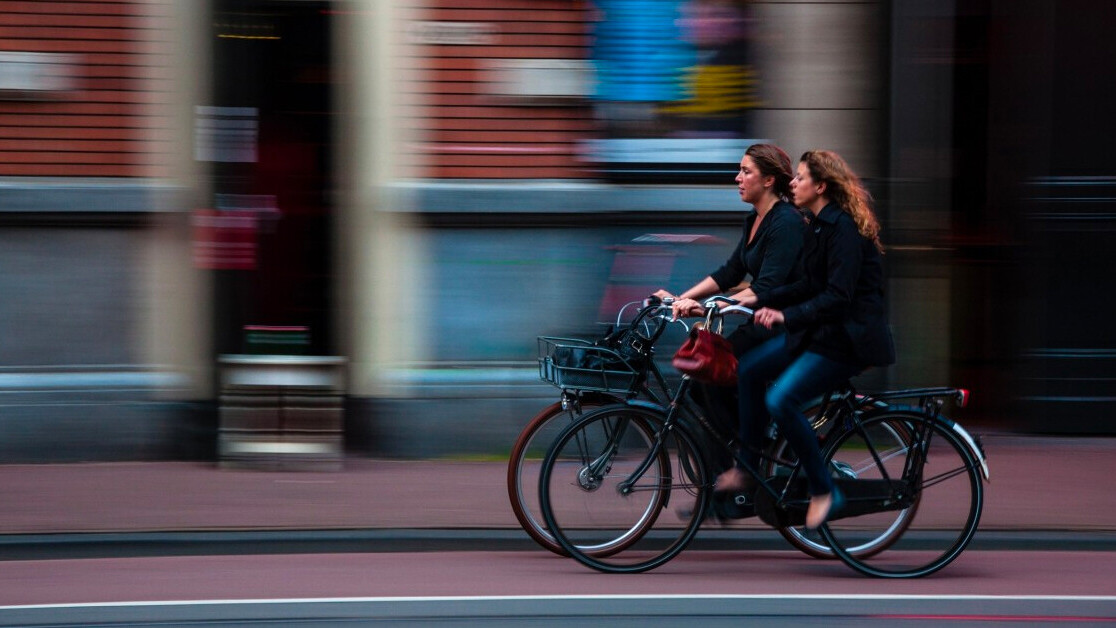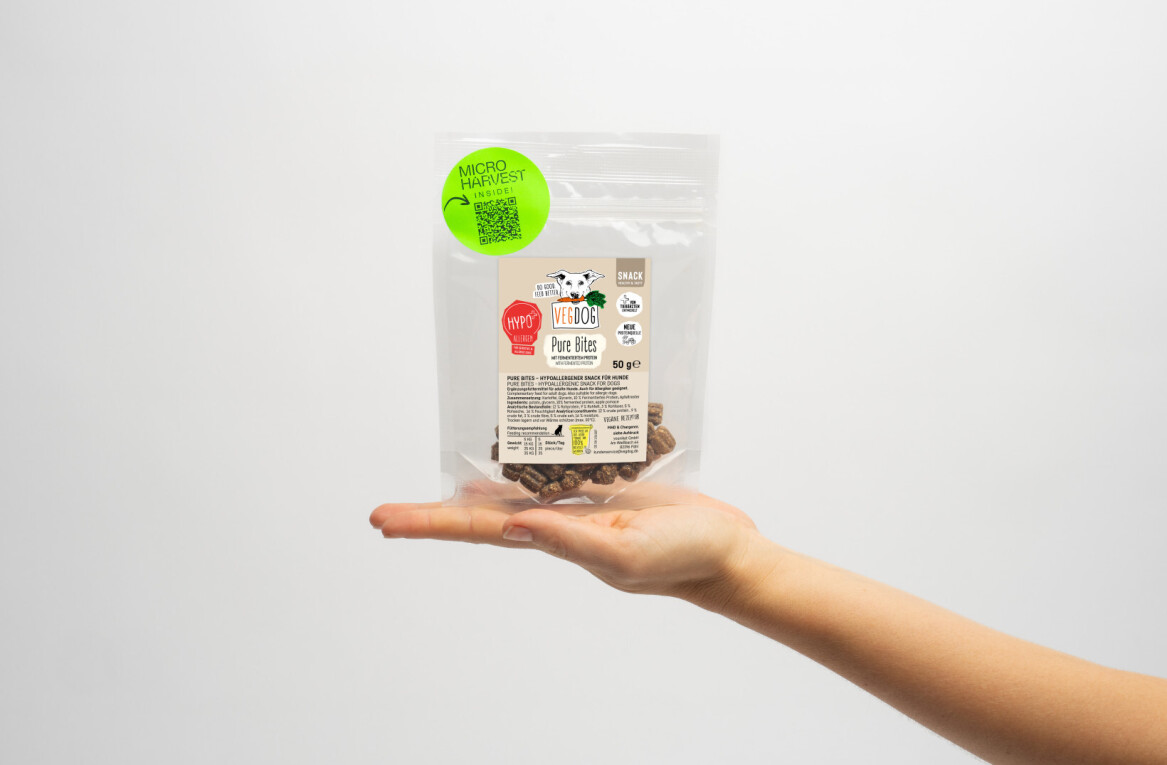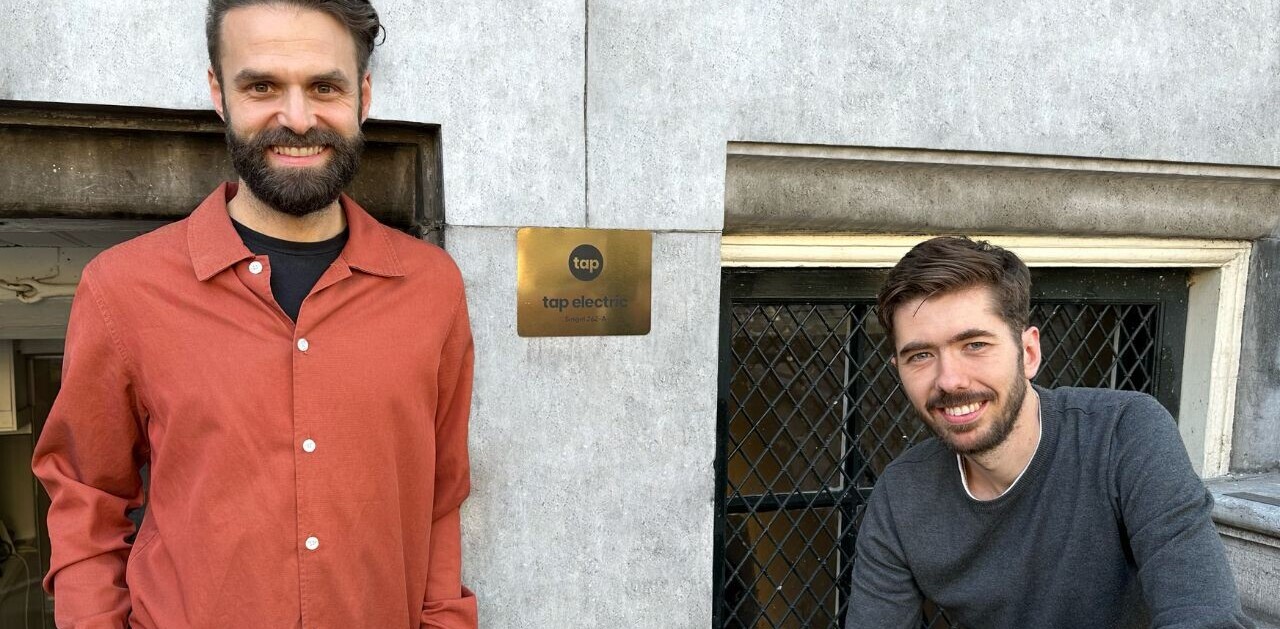It is obvious as this Covid-19 pandemic wears on that transport is being repositioned – both in our minds and our lives. Changeable travel restrictions and new virus strains are reshaping our mobility psychology. Despite the rollout of viable vaccines, any ‘return to normal’ for the foreseeable future will involve more work from home, more time spent locally, less socializing outside the household, and fewer trips for work and pleasure. In short, excepting those for whom commuting is not a choice, the future of urban mobility is clearly going somewhere; smaller.
A silver lining in this is that transport planners and journalists are now writing enthusiastically about ’15-minute cities’, where people can live more fully and sustainably, close to home. This solution is exciting and necessary for many reasons. Yet experience shows that turning this vision of sustainable local life into a reality is not so easy – particularly in cities largely designed for cars. The complex machinery of land use and transport policy is hard to rewire.
Meaningful change requires new kinds of cooperation and engagement and, let’s face it, a certain rebalancing of economic, social, and environmental priorities. Now, more than ever, the Sustainable Development Goals (SDGs) provide a roadmap for this recalibration. Yet for many reasons, we see transport and planning professionals struggle to translate the SDGs into specific, community-based change. Despite the ‘disruption’ and sex appeal of new mobility and Mobility as a Service, these tech-driven innovations are not getting to the heart of the issue. So, how do we bridge this gap between aspiration and real sustainable local living?
Understanding everyday life is the key to unlocking sustainable transport
Transport Infrastructure Ireland, one of Ireland’s key national transport agencies, recently issued a brave and useful answer – study women’s travel needs. Why? Because historically women have lived and moved more locally, especially if they have children. This is because gender is the single biggest organizing feature worldwide, and a major factor in travel behavior (see ITF work on Gender in Transport | ITF (itf-oecd.org)). Women do the large majority of local trips for the purposes of caring for and educating others. They play a profound role in shaping intergenerational mobility choices. Their mobility needs – often centered around local safety, health , and community facilities – and travel with dependants provide us with a roadmap to real and functioning 15-minute cities.
[Read: ]
The research study Travelling in a Woman’s Shoes: Understanding Women’s Travel Needs in Ireland to Inform the Future of Sustainable Transport Policy and Design shows us that understanding car dependency, modal shift, and a smaller scale travel landscape is about understanding everyday life. It illustrates that, when designing and integrating mobility solutions and land use policy, we need to consider that people are situated with families, gendered roles, fears, joys, and risk appetites. Delivering sustainable mobility in the post-pandemic future is about unpacking these ‘situations’. Whilst research was conducted just prior to the global pandemic, the insights have even greater resonance today as people struggle to trust shared transport.
“No one taught me how to cycle on the road – I wish someone would teach me now… I hope my son grows up to be confident enough to cycle on the road.” – Amanda
The everyday stories of women take us beyond the rhetoric about ‘inclusion’ and ‘community,’ introducing voices into the transport discussion that are absent from consultation. These poignant and candid snapshots of everyday life provide the starting point for the next wave of innovation.
“It’s easier to have a car with a baby, you can just put him in his car seat and be done with it” – Nathalie
“My son’s independence is so important to me, it means he’s not attached to me. I know parents who can’t go anywhere [without their autistic child].” – Josie
“Even now in the middle of the day [20 years after being attacked by three men in a car park while 8 months pregnant], there are certain places I wouldn’t walk to for no rational reason at all. There are just alarm bells going off. This has impacted everything – that fear factor is there. I would get into a car at any time of the day and I’d be very conscious. I try not to let it impact my day-to-day life, but it does.” – Siobhan
“It’s the freedom and independence that driving gives you, and the reassurance of knowing that the car is there in case you get a call saying the kids need to get picked up. That’s just too important.” – Karen
“I can walk perfectly, but it’s just fatigue at the end of walking that would get me.” – Lucy
Designing for women: Converting ‘nice-to-have’ to ‘must-haves’
Designing for women is often about things that would be labeled ‘nice-to-haves’ by current design standards (or simply not thought of at all) – but which are the very things that foster a lifetime of confident and loyal sustainable transport use.
It could be more thoughtful mobility near health services; child-size toilet facilities so that kids don’t fall into adult public toilets; safe cycle paths going places that kids need to go; a convivial night-time coffee stand and good lighting at the tram stop, ensuring women feel safer; services and infrastructure that link up the crèche, local doctor, library, arts precinct, fruit and veg market and perhaps after-school swimming. If these things don’t exist locally, it could be partnering across traditional silos to create them. Reimagining data to tell us about people’s situations; education for everyone working in the mobility space about the long-lasting trauma that can flow from women’s unsafe mobility experiences – for them and their families; new ways to involve the community in local transport solutions – to name just a few.
Travelling in a Woman’s Shoes is a timely study that holds the clues to designing mobility for resilient local cities, which is in many ways the new priority for all of us. Click here to read Travelling in a Woman’s Shoes: Understanding Women’s Travel Needs in Ireland to Inform the Future of Sustainable Transport Policy and Design.
This article was written by Kelly Saunders on The Urban Mobility Daily, the content site of the Urban Mobility Company, a Paris-based company which is moving the business of mobility forward through physical and virtual events and services. Join their community of 10K+ global mobility professionals by signing up for the Urban Mobility Weekly newsletter. Read the original article here and follow them on Linkedin and Twitter.

SHIFT is brought to you by Polestar. It’s time to accelerate the shift to sustainable mobility. That is why Polestar combines electric driving with cutting-edge design and thrilling performance. Find out how.
Get the TNW newsletter
Get the most important tech news in your inbox each week.





